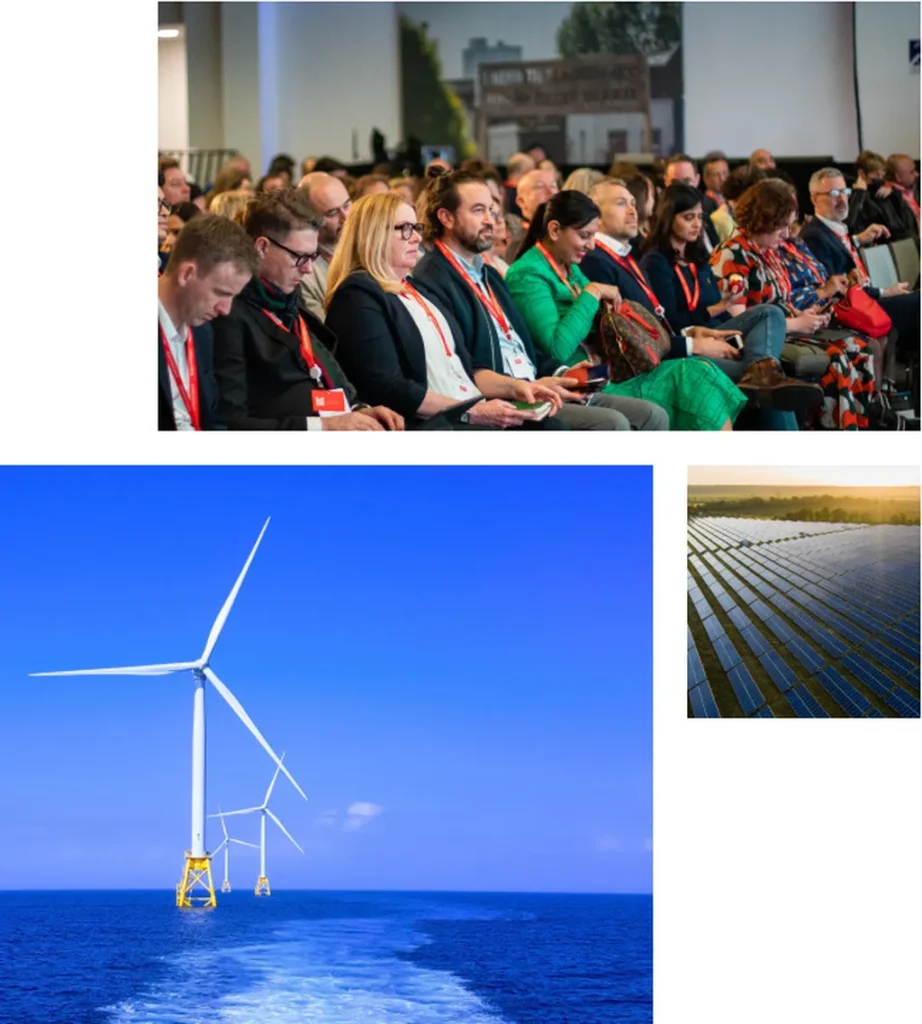In the quest for sustainable and cost-effective energy solutions, researchers have made significant strides in optimizing regional integrated energy systems (RIES). A recent study published in the journal *Measurement and Control* (translated from the original title in *Diance yu yibiao*) explores how combining wind energy with carbon capture technologies can enhance both economic and environmental performance. Led by WANG Yijun from the School of Electrical Engineering at Northeast Electric Power University in Jilin, China, the research offers promising insights for the energy sector.
The study establishes two distinct regional energy models, each tailored to different operational scenarios. By integrating wind energy with carbon capture, the researchers analyzed the applicability of these models in various settings. The goal was to minimize system operation costs while maximizing low-carbon performance. “Our objective was to create an optimal scheduling model that balances economic efficiency with environmental sustainability,” explains WANG Yijun. “By combining biomass energy and electricity-to-hydrogen combined heat and power (CHP) systems with wind energy and carbon capture, we aimed to demonstrate the feasibility and benefits of this integrated approach.”
The research employed advanced optimization techniques, using CPLEX to solve the complex energy models. The results were compelling: both regional energy systems showed significant improvements in economic and low-carbon performance under the wind energy-carbon capture operation mode. This finding underscores the potential for similar systems to be adopted in other regions, offering a blueprint for future energy projects.
The implications for the energy sector are substantial. As the world shifts towards cleaner energy sources, the ability to integrate renewable energy with carbon capture technologies becomes increasingly crucial. “This research provides a reliable basis for low-carbon economic dispatching of integrated energy systems under different energy combinations,” notes WANG Yijun. “It highlights the importance of innovative solutions in achieving sustainable energy goals.”
The study’s findings could influence policy decisions and commercial investments in the energy sector. By demonstrating the economic viability of low-carbon energy systems, the research encourages stakeholders to explore similar models, potentially accelerating the transition to a more sustainable energy future. As the energy landscape continues to evolve, the insights from this study will be invaluable in shaping the next generation of integrated energy systems.

